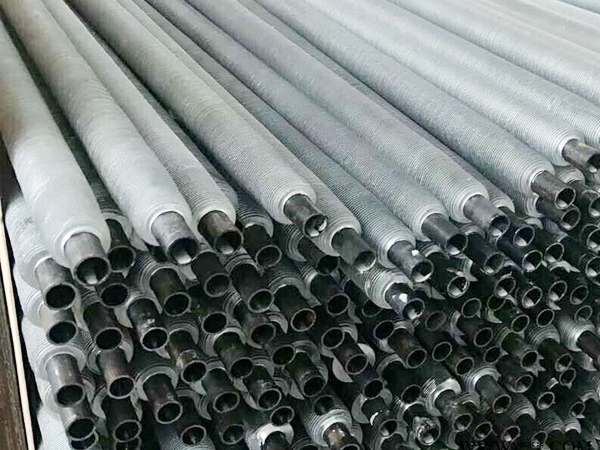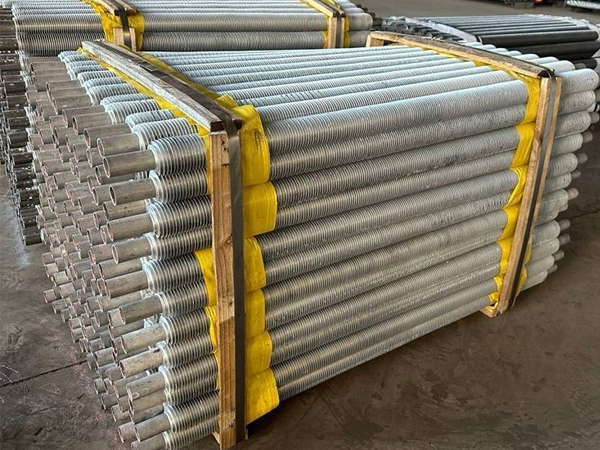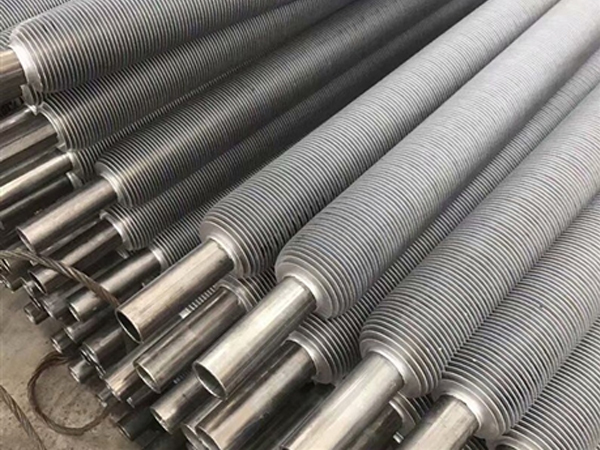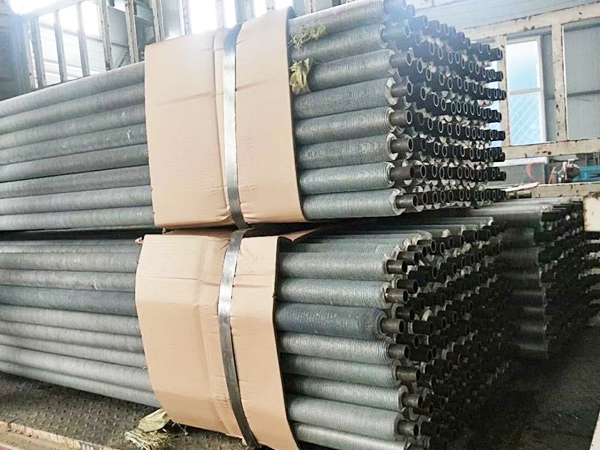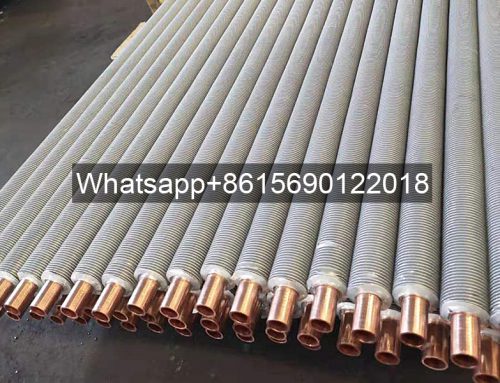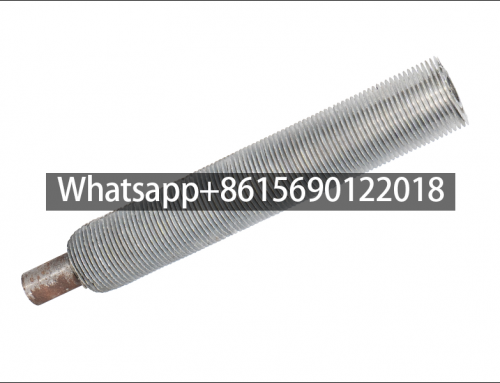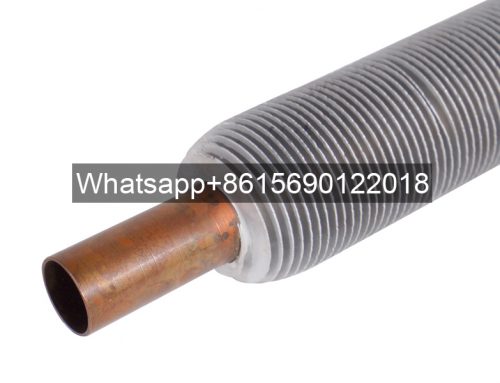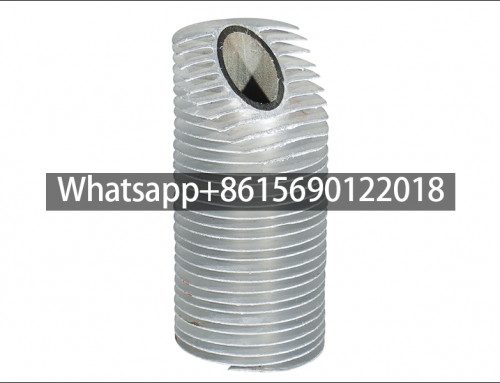Project Description
Carbon steel aluminum extruded fin tubes for thermal oil heat exchangers
- Leave Your Message
Carbon steel aluminum extruded fin tubes for thermal oil heat exchangers
Carbon steel aluminum extruded fin tubes play an important role in thermal oil systems with their unique structure and material.
The design of carbon steel aluminum extruded fin tubes combines the durability of carbon steel and the high thermal conductivity of aluminum. Through advanced rolling technology, a special-shaped fin structure with excellent heat dissipation performance is formed. This design not only greatly increases the heat dissipation area, but also cleverly utilizes the difference in thermal conductivity of metal materials to achieve rapid heat transfer and dissipation.
Carbon steel aluminum extruded fin tubes also have the characteristics of tight bonding, low thermal resistance, good heat transfer performance, high strength, low flow loss, and strong corrosion resistance. They are not easy to deform under long-term cold and hot conditions and have a long working life.
Carbon steel aluminum extruded fin tubes are very suitable for thermal oil systems. Whether in industrial fields or heating systems, they can provide efficient and stable heat exchange performance.
Finned tube heat transfer oil heat exchanger:
1. The heat transfer oil heat exchanger is composed of a carbon steel frame and steel-aluminum composite heat dissipation pipes;
2. The heat dissipation pipes of the heat transfer oil heat exchanger are fixed by a frame, with a compact structure, good air tightness and easy installation;
3. The heat transfer oil heat exchanger is a radiator suitable for both steam and hot water systems for heating air. It is mainly used for hot air heating, air conditioning systems and air heating of drying devices. It is the main equipment in hot air devices. SRL steel-aluminum composite radiators are widely used in the heating and ventilation systems of current industrial and mining enterprises and large buildings;
4. The heat medium of the heat transfer oil heat exchanger can be steam or hot water. The working pressure of steam is 0.3-8 kg/cm2, and the hot water temperature can be around 160-70℃;
5. The thermal oil heat exchanger is composed of steel tube aluminum fin tube bundles. The SRL steel-aluminum composite radiator is divided into two rows and three rows in the direction of air flow, with a total of 37 models;
6. The thermal oil heat exchanger has the advantages of tight combination, small thermal resistance, good heat transfer performance, high strength, small flow loss, strong corrosion resistance, not easy to deform under long-term cold and hot conditions, and long working life;
7. The integral rolled fins of the thermal oil heat exchanger are smooth, burr-free, wrinkle-free, easy to clean, and easy to remove condensed water on the surface of the fins during wet cooling in heating and air-conditioning projects. It is not easy to form dust and scale in drying, heating and other heat exchange occasions.
Let me tell you about the characteristics of finned tube thermal oil radiator.
Finned tube thermal oil radiator has the following five characteristics:
1. Compact structure: The thermal oil heat exchanger adopts steel tube aluminum fin tube bundle, which has close contact and good heat dissipation performance;
2. Cost saving: The price of thermal oil heat exchanger is much lower than that of hot air furnace, and its performance-price ratio is high;
3. Careful processing: The thermal oil heat exchanger has advanced processing technology, strict quality assurance system, strict organization and careful processing;
4. Easy to install: The thermal oil heat exchanger is simple to install, use and maintain, and the labor intensity is low;
5. Steel-aluminum rolling: The finned tube of the thermal oil heat exchanger is rolled from a steel-aluminum composite tube as a whole, with no contact thermal resistance, high strength, resistance to thermal shock and mechanical vibration, good thermal expansion performance, and a considerable expansion heat exchange surface. The heat exchanger made of this finned tube is more effective than the series or wound plate heat exchanger.


